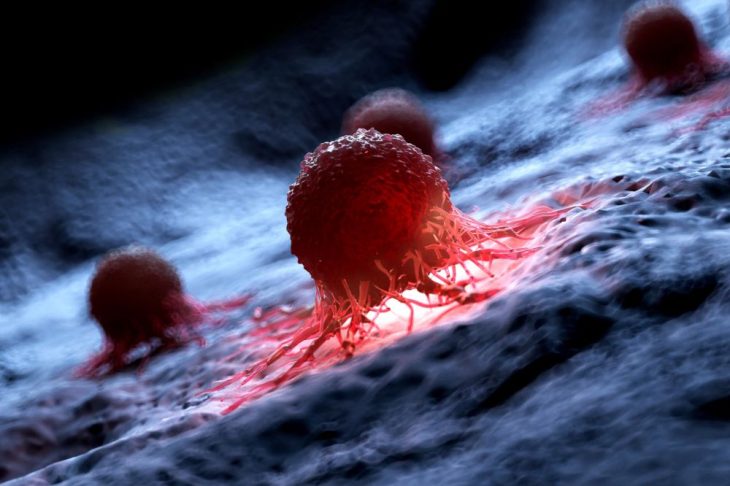
Tumour Agnostic Therapy: A Revolutionary Approach in Cancer Treatment
Cancer treatment has traditionally been categorized by the organ in which the tumour originates, such as breast cancer, lung cancer, or colon cancer. However, a paradigm shift is occurring in oncology with the advent of tumour-agnostic therapy, a groundbreaking approach that targets the genetic and molecular profile of the tumour rather than its location in the body.
What is Tumour Agnostic Therapy?
Tumour-agnostic therapy is an innovative form of cancer treatment that focuses on specific genetic mutations or biomarkers present within the cancer cells, irrespective of where the cancer started. This approach recognizes that certain genetic mutations can drive cancer growth across various types of tumours, and targeting these mutations can be effective regardless of the tumour’s anatomical origin.
How Does Tumour Agnostic Therapy Work?
Tumour-agnostic therapies are developed based on the understanding of cancer genomics. The process typically involves:
- Genomic Testing: Patients undergo comprehensive genomic testing to identify specific genetic alterations or biomarkers in their tumours. Common targets include mutations in genes such as NTRK, MSI-H (microsatellite instability-high), and certain fusions like ALK and ROS1.
- Targeted Treatment: Once a relevant mutation is identified, patients can be treated with therapies designed to specifically target those genetic changes. These treatments can include small molecule inhibitors, monoclonal antibodies, or other targeted therapies.
- Monitoring and Adaptation: Patients are continuously monitored to assess the effectiveness of the therapy. Adjustments to the treatment regimen can be made based on the tumour’s response and any emerging resistance.
Advantages of Tumour Agnostic Therapy
- Broad Applicability: By focusing on genetic mutations rather than tumour location, these therapies can be used to treat multiple cancer types, offering a more versatile treatment option.
- Personalized Medicine: Tumour agnostic therapy is a step towards personalized medicine, where treatment is tailored to the unique genetic profile of each patient’s cancer.
- Improved Outcomes: Clinical trials have shown that patients receiving tumour agnostic therapies often experience significant clinical benefits, including tumour shrinkage and prolonged progression-free survival.
Examples of Tumour Agnostic Therapies
Several tumour-agnostic therapies have been approved by regulatory bodies such as the U.S. Food and Drug Administration (FDA):
- Larotrectinib : Targets TRK fusion-positive cancers, which can occur in various types of tumours, including those in the brain, thyroid, and colon.
- Pembrolizumab : Approved for tumours with high microsatellite instability (MSI-H) or mismatch repair deficiency (dMMR), which can be found in colorectal, endometrial, and other cancers.
- Entrectinib : Another therapy for tumours with NTRK gene fusions, as well as ROS1-positive non-small cell lung cancer.
Challenges and Future Directions
While tumour-agnostic therapy represents a significant advancement, several challenges remain:
- Resistance: Tumours can develop resistance to targeted therapies over time, necessitating ongoing research and development of new treatment strategies.
- Access and Cost: Genomic testing and targeted therapies can be expensive, and not all patients have equal access to these advanced treatments.
- Regulatory and Clinical Validation: Continued clinical trials are essential to validate the efficacy and safety of tumour-agnostic therapies across diverse populations.
The future of cancer treatment lies in a deeper understanding of the genetic and molecular mechanisms driving the disease. Tumour-agnostic therapy exemplifies this shift towards more precise and effective treatment modalities, offering new hope to patients with various types of cancer. As research progresses, the integration of these therapies into standard clinical practice will likely expand, potentially transforming the landscape of oncology and improving outcomes for patients.


